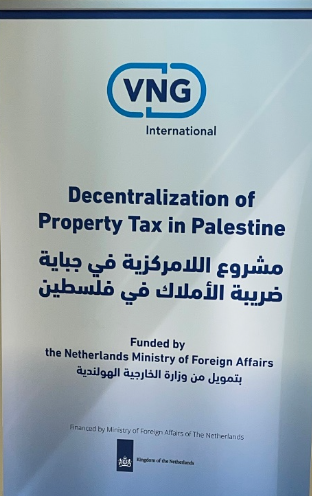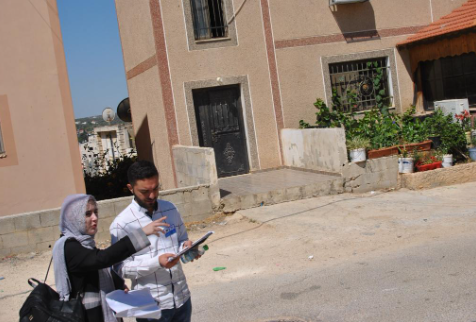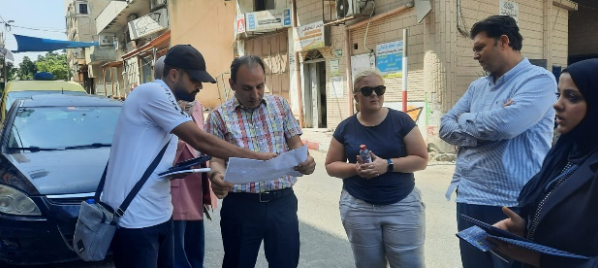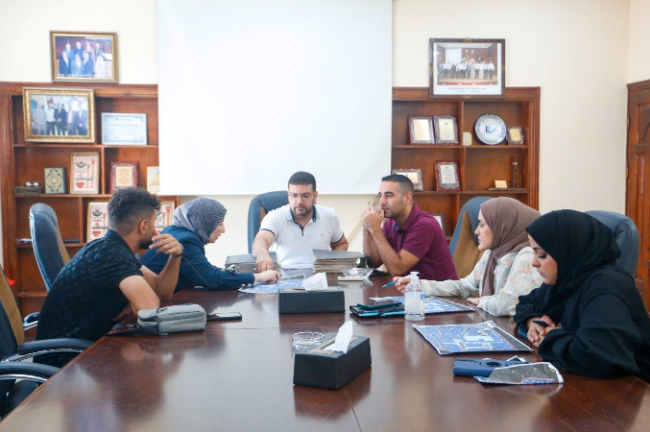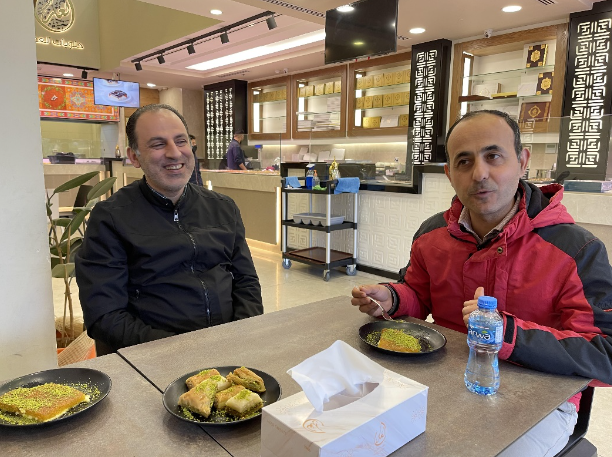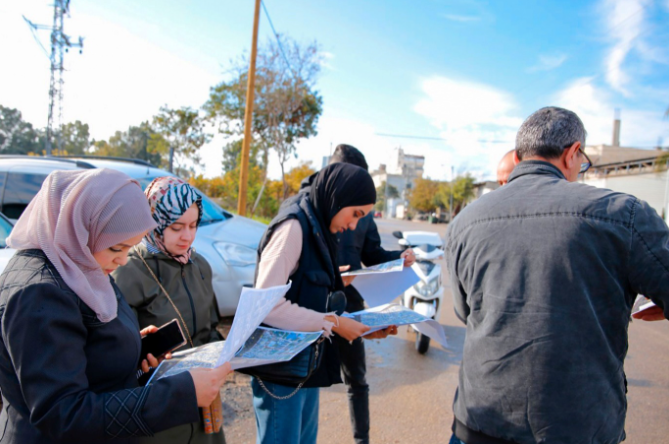Qalqilya and Salfit
Our approach containing 5 elements
This is how the project started
Municipalities in Palestine are, just like anywhere else, expected to deliver services for their citizens. For example, provide street lighting, do road maintenance¸ garbage collection and take care of public safety. Obviously, all of this requires money. One of the largest sources of income for a municipality is levying taxes and charging fees. Property tax is their largest source of income. Unfortunately, collecting Property tax in Palestine is more of a challenge than you might think.
We are involved in a project to decentralize Property tax, managed by VNG-I (Vereniging Nederlandse Gemeenten – International) and funded by the Netherlands Ministry of Foreign Affairs.
Due to political circumstances, the project did not go according to the swift pace we planned. But, more importantly, and after some research, we noticed that the quality of the data needed for accurate levying and collection of Property tax was not good enough. We had question marks about the proper location of a property and its ownership, amongst other things like the value (needed to determine the height of the imposed tax)
Therefore, a subproject was launched to try and address these issues. For this subproject, 2 municipalities located on the West Bank, Qalqilya and Salfit, were selected to run a pilot for the so-called “Street naming and house numbering” project. It actually was more than that.
Our approach contained five elements
It was quite challenging to achieve everything we had set our mind to do, due to the geo-political situation in and around Palestine. In moments like that, we found that it was important to be inventive and be creative in finding solutions.
Our approach contained 5 important and linked elements.
First, we developed an extensive and detailed set of rules for street naming and house numbering.
We took a look at how things were organized in many other places around the world. For instance, in countries like the Netherlands, France and England, but also in the United States and several places in the Middle East. Their different methods and solutions were our inspiration for, what is called “The Guidelines” and now is adopted by the Ministry of Local Government in Palestine (MoLG).
The second element was the creation of a set of processes that, not only described how to start and implement a project for street naming and house numbering, but also how after such a project to embed it in the municipal organization and make it sustainable to address future changes and extensions (new properties in existing streets and development of areas).
The 3rd element was more technical and entailed an Object model (high level and logical description of related entities) that we used to develop the 4th and 5th element. As an example, the Object model describes how an apartment is related to a building and how that building is related to a parcel of land, how a street is related to that parcel, building and apartment and where do house numbers come, and ownership?
important model for
Data collection
This model is important as it formed the basis for an exercise that was executed in the field, called Data collection. Data collectors were instructed and sent into the field equipped with a tablet, on it a questionnaire with a set of detailed questions about ownership, type of building/ apartment and other relevant questions. A photograph of the object was taken and the GPS location acquired. This was in Salfit easier where we obtained a GPS-accuracy of 3-5 meters, where in Qalqilya accuracy sometimes was up to 30 meters or more, due to being very close to the Israeli border and military zones.
The obtained data then was used for a GIS implementation, which contained the typical GIS elements, but we linked it to an administrative component, that enables the municipalities to use it for taxation purposes, amongst others, enhancing their Municipal Information System.
Local
During this project (as we try to achieve in all our other projects as well), we worked with local people as much as possible. And enjoyed local hospitality and “cuisine“…
In January 2023, the subproject was concluded with delivery of all 5 elements, in a timeframe of a little over 1 year. The GIS application is implemented, street name signs and house number plates have been installed and active in Qalqilya and Salfit. Where streets have not been named so far, the proper guidelines on how to progress are now in place.
According to staff of the municipalities, the introduction of this integrated approach (all 5 elements) has been highly beneficial. Not only collection of taxes has become easier, but services like delivering electricity and water, not finds a “spot on the map”.
Happy to tell you more
We would love to tell you more about it.

